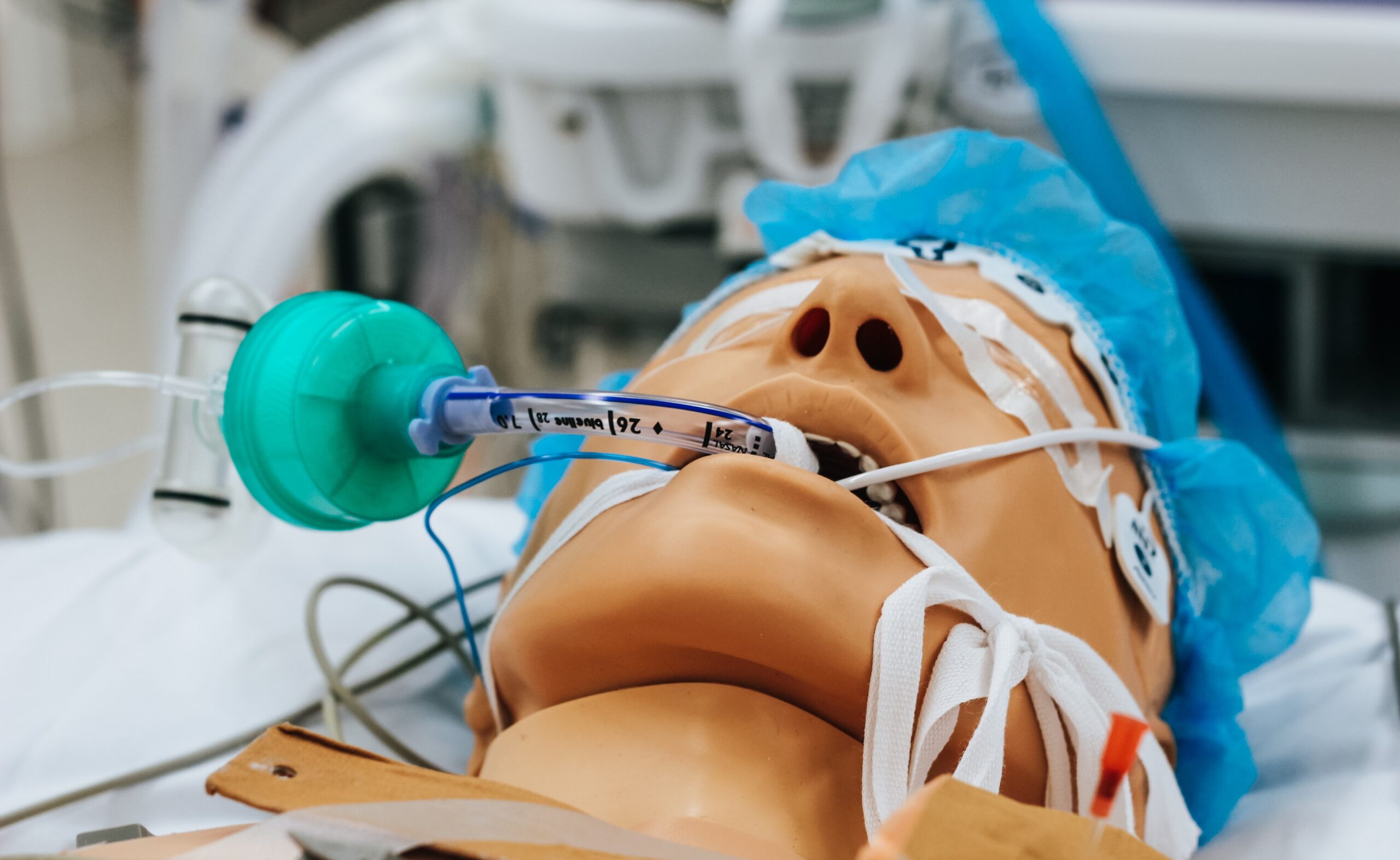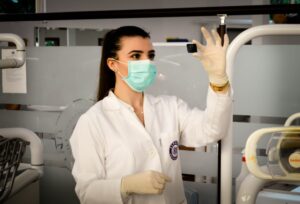By automating manual operations and enhancing efficiency, accuracy, and speed, AI and OCR are revolutionizing the healthcare sector
Patient diagnosis: AI algorithms can help medical professionals recognize and diagnose ailments, cutting down on errors and enhancing the effectiveness of treatments.
The process of identifying the underlying illness or condition that is producing a patient’s symptoms is referred to as patient diagnosis. The application of AI and other cutting-edge technologies to assist and enhance patient diagnosis accuracy is being researched more and more.
In order to find trends and forecast future diagnoses, AI systems may be trained to scan vast volumes of patient data, including medical imaging, test findings, and patient histories. The analysis of medical pictures like CT scans and X-rays using AI algorithms, for instance, can be utilized to find indications of diseases and disorders including tumors, fractures, and blockages. OCR and NLP (Natural Language Processing), in addition to AI, can be used to extract and analyze patient data to provide more information.
Pharmacological discovery: Artificial intelligence (AI) algorithms can examine enormous volumes of data to find novel treatments and drug targets.
Pharmacological discovery is the process of discovering and creating novel medications and therapies to treat a variety of diseases. The use of AI and other cutting-edge technologies to assist and enhance this process is growing.
In order to find patterns and forecast the efficacy of possible treatments, AI systems can be trained to assess vast volumes of pharmacological data, including details about molecular structures, test findings, and clinical trial data. AI algorithms, for instance, can be used to identify probable side effects and forecast how a specific drug would interact with the human body based on its molecular structure.
In addition to AI, additional technologies can be employed to enhance pharmaceutical discovery, including computer simulations and virtual screening. Computer simulations, for instance,
Remote patient monitoring: OCR and AI are used to track patients remotely, enhancing treatment access and lowering costs. The term “remote patient monitoring” describes the use of technology to keep an eye on patients’ well-being away from a conventional clinical environment. Wearable technology, including smartwatches, activity trackers, and other sensors, can be used to collect and communicate information on a patient’s vital signs, level of activity, and other health parameters.
Reducing the need for in-person visits and enhancing access to care for patients in remote or underserved areas, remote patient monitoring enables healthcare providers to monitor patients’ health status in real time.
Additionally, it can assist medical professionals in spotting possible health problems before they worsen, enabling early intervention and better patient outcomes. Remote patient monitoring is being supported by AI and other cutting-edge technology.
Clinical decision support: By analyzing patient data and offering insights, AI algorithms can help doctors make defensible decisions. These innovations are improving patient outcomes by altering how healthcare is provided.
Clinical decision support (CDS) is the term for the application of technology to help medical professionals make defensible choices regarding patient care. To assist healthcare professionals in the diagnosis, treatment, and management of medical disorders, CDS systems use algorithms and data analytics. Computerized decision support systems, clinical decision guidelines, and clinical pathways are only a few examples of the various types of CDS systems
Electronic health records (EHRs) or other clinical systems can be connected with these systems to give healthcare practitioners quick access to pertinent data. To deliver more accurate and individualized information, CDS systems are increasingly utilizing AI and machine learning techniques. AI systems, for instance, can be taught to assess patient information including demographics, medical history, and test results to produce a list.









